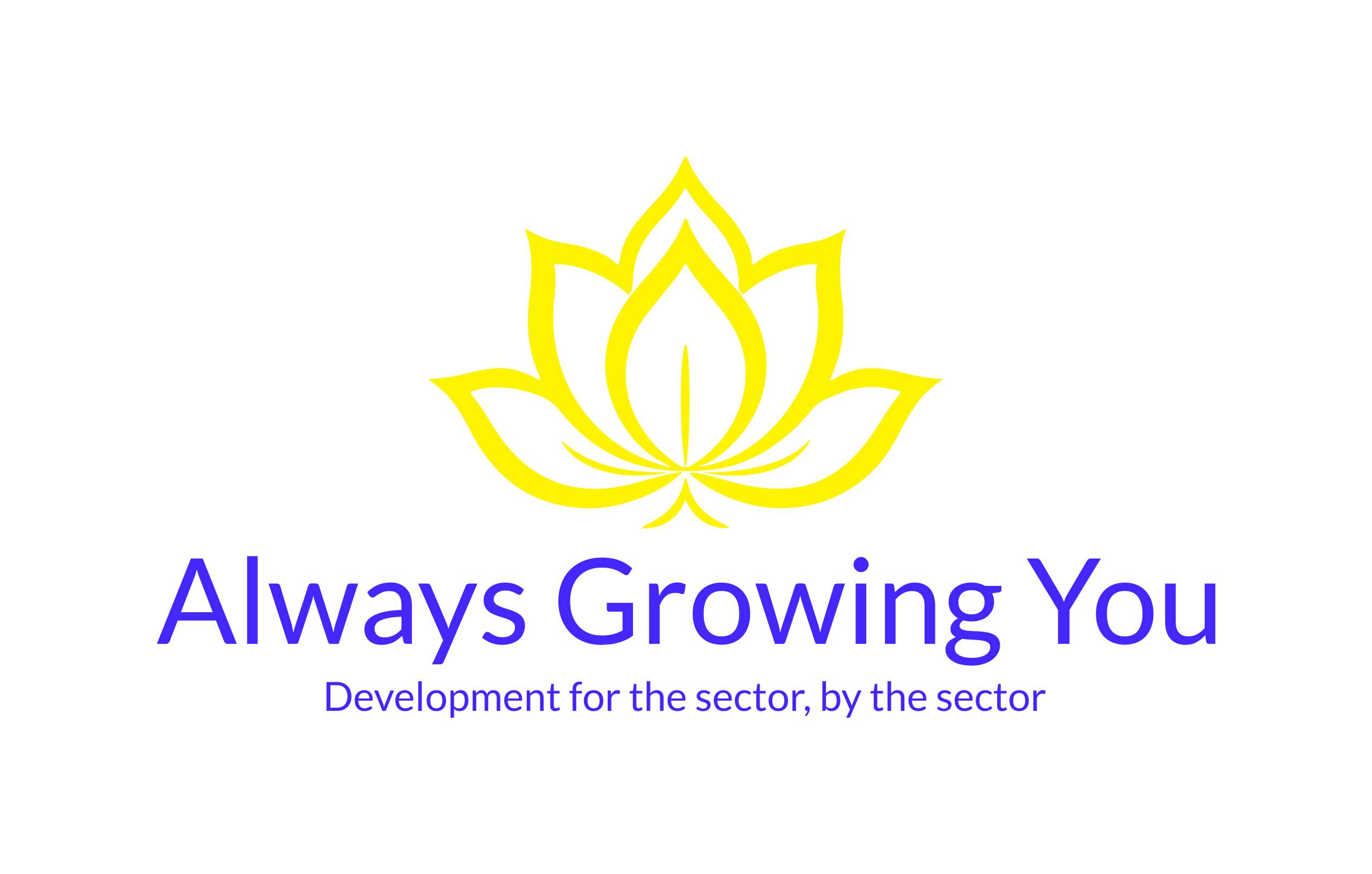A setting with meaningful mealtimes will…
- Have safe mealtimes where appropriate monitoring and support is offered promptly.
- Have mealtimes where children engage with one another and adults.
- Present more learning opportunities to children (and adults) during this time through curiosity and conversation.
- Lead to stronger reassuring relationships between children and their peers, and adults too.
- Ensure this part of the routine is enjoyable for children and adults, like mealtimes should be at home too.
Why does this matter?
This matters because when mealtimes are not safe, terrible (and avoidable) things can happen:
Click here to learn more about the Oliver Steeper story, a nine-month old who tragically died after choking on food at nursery.
Click here to learn more about the Sadie Salt story, a two-year old who also died through choking on her food at nursery.
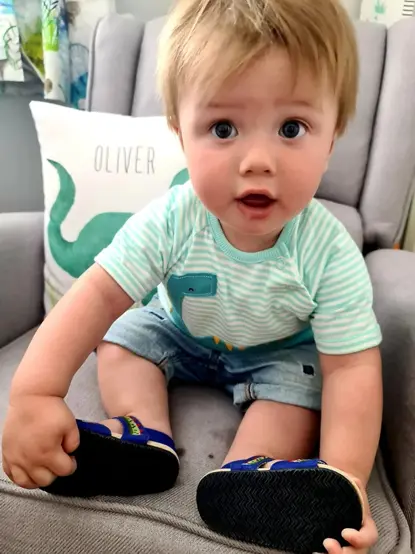
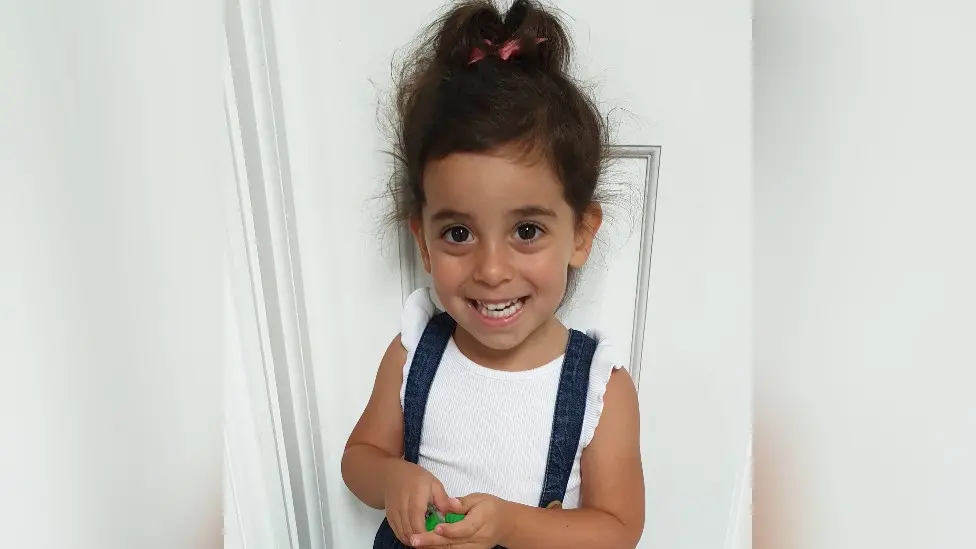
Whilst stories around meaningful mealtimes are not always this tragic, it is essential to know what is at stake if mealtimes are not run safely. This content will help you to do this and also to ensure this part of the say is meaningful and development for all. Let’s start with some self-reflection to give yourself a clear picture of current practices you are aware of.
Task One – Reflect and Assess
Take some time to observe the set up around mealtimes at your setting, take pictures and make observations. Consider following one child as each part of the routine including both pre and post eating. What do you notice? What do you learn from looking at the routine through the child’s eyes? Share this with you colleagues to see what they think too.
A Case Study
[Add pictures and narrative here that Maria took and what we learned/did as a result- more pictures needed. I know I have your notes in the email you sent on 20/2, are you happy for me to bullet point these or could we do a video of me interviewing you about it perhaps? It could make for some more interesting content?]
Think! Age appropriate? Think! Set up.
Why might change be needed now?

“Adults and children should be invited to join a cheerful and flavourful table. It’s one of the possible ways to ensure that a healthy, balanced diet becomes widespread habit.” Alessandra Fabbri (2008)
There’s no better place for a conversation than around a delicious meal, and there’s also no doubt that conversation is a brain-booster for young children.
What do Ofsted say?
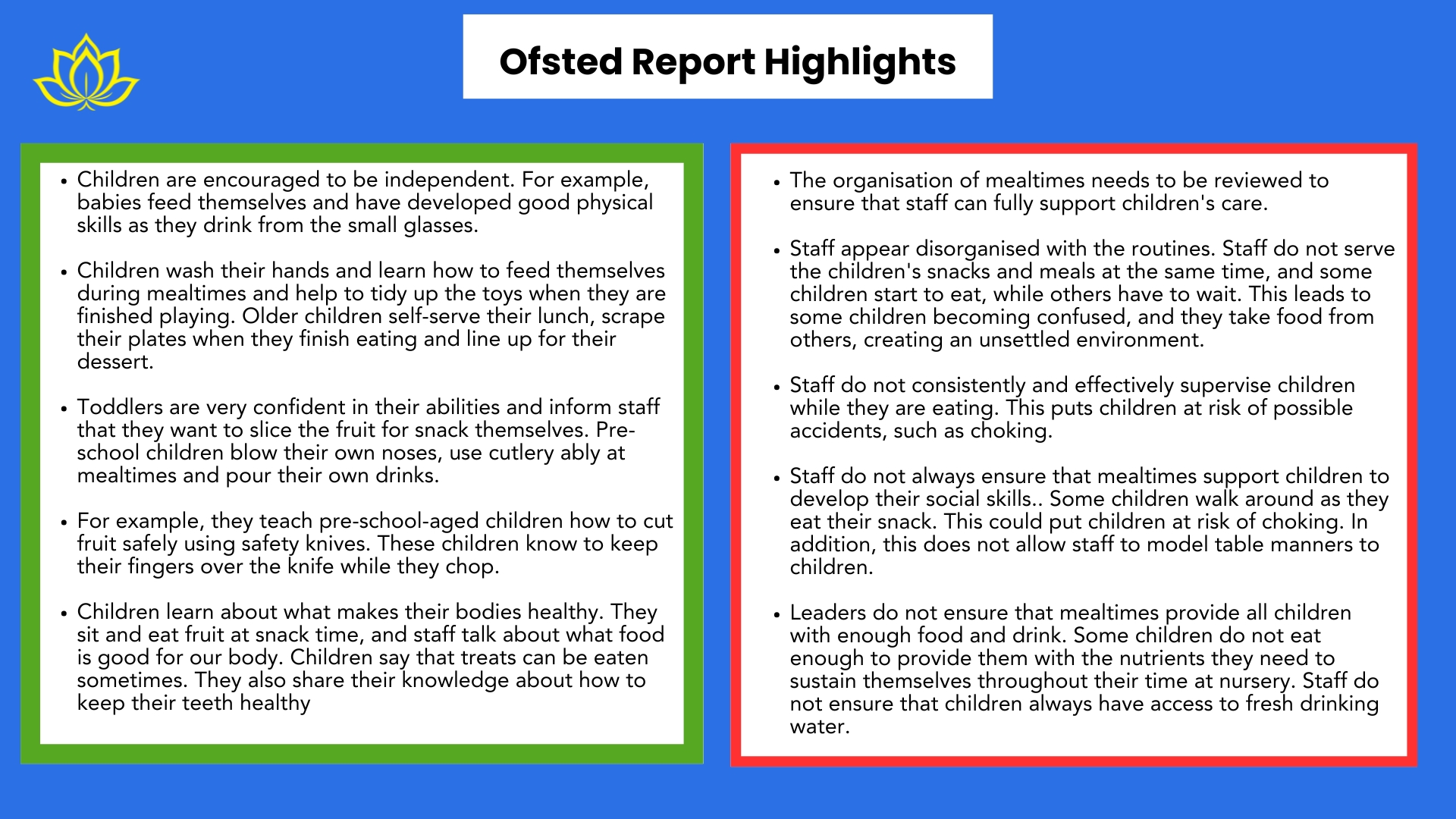
Why does it matter?
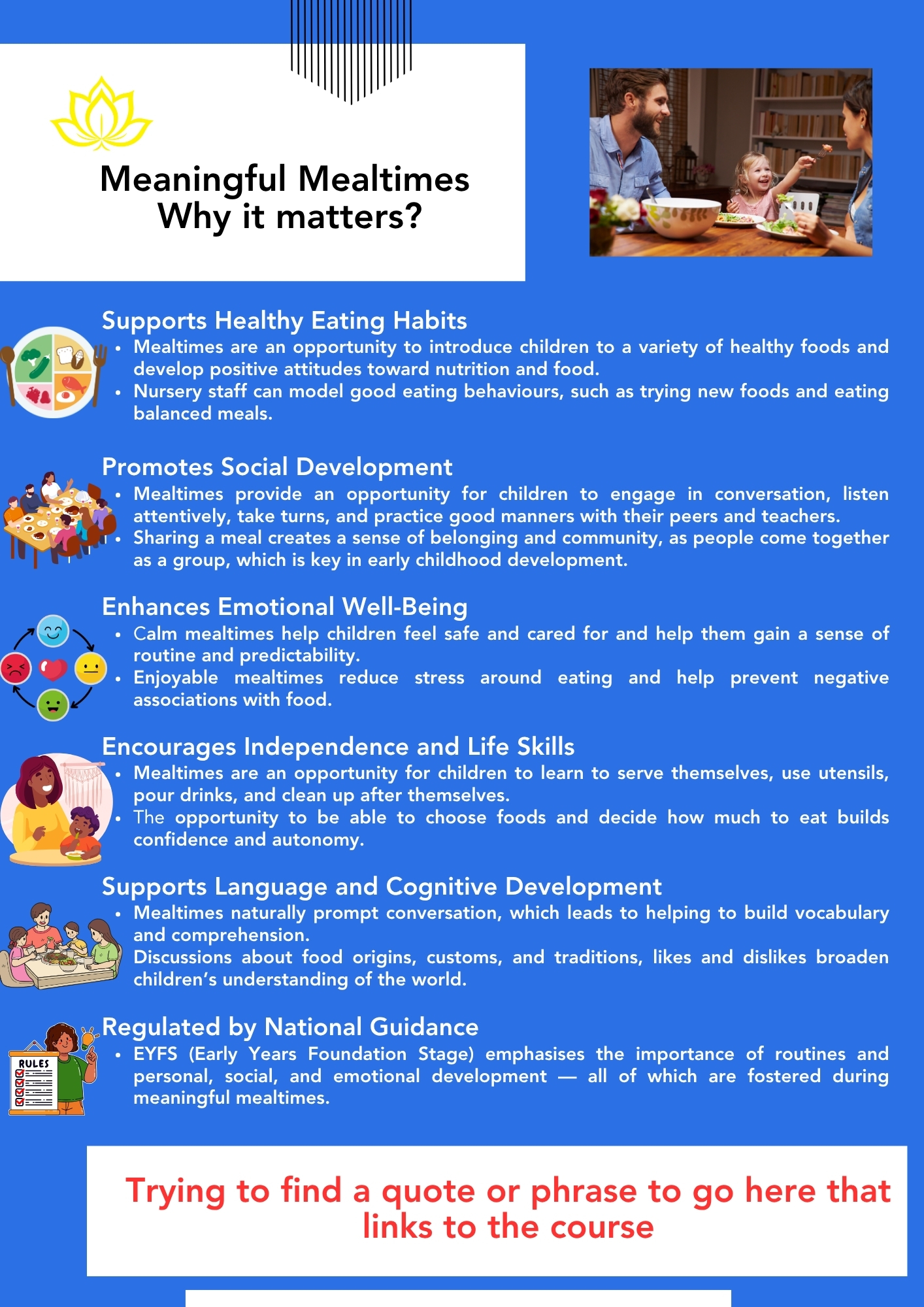
Things to focus on
Here are 3 areas you might want to start with…
Part 1 – Following the review you did for task one, create an action plan in 3 – 2 – 1…
- 3 things that can implement this week.
- 2 things that can implement this month.
- 1 bigger thing you would like to implement this term.
[Could you add some examples here perhaps?]
Part 2 – Enhance the conversation, try these conversation starters with your children…
- Food & Healthy Eating 🍎
- “What’s your favourite fruit or vegetable? What does it taste like?” – Encourages descriptive language and healthy food choices.
- “Where do you think this food comes from? Does it grow on a tree, in the ground, or somewhere else?” – Builds awareness of food origins and nature.
- Sustainability & Caring for Our Planet 🌍
- “What do you think happens to food when we throw it away?” – Introduces the idea of food waste and its impact.
- “How do you think we can help take care of our planet while eating?” – Encourages children to think about recycling, composting, and reducing waste.
- “Can you name a food that grows in our country? What about a food that comes from far away?” – Promotes understanding of local vs. imported food.
- Culture & Diversity 🌎
- “Have you ever tried a food from another country? What did it taste like?” – Encourages cultural awareness and open-mindedness.
- “Some people use chopsticks, fingers, or spoons to eat. How do you like to eat your food?” – Helps children learn about different eating traditions.
- Mealtime Manners & Social Skills 🏡
- “What’s something kind you can do for a friend during mealtime?” – Reinforces kindness, sharing, and good table manners.
- “Why do we say ‘thank you’ when someone makes us food?” – Encourages gratitude and appreciation.
- Exploring Senses & Fun with Food 🎨
- “Can you describe the crunchiest, softest, or most colourful food on your plate?” – Develops sensory awareness and vocabulary.
Part 3 – Sustainability
Having conversations around sustainability is a crucial starting point to get all team members onboard with sustainability practices. Try this with your team this week…
- Reducing Food Waste & Sustainable Practices
- 🗣 How much food do we throw away each day, and what steps can we take to reduce waste?”
- 💡 Follow-up: Can we introduce composting, smaller portion sizes, or a “try a little” approach for new foods?
- Sourcing & Serving Sustainable Food
- 🗣 “Where do we get our food from, and are there ways to source more local, seasonal, or organic produce?”
- 💡 Follow-up: Could we partner with local farms, grow our own herbs/vegetables, or explore more plant-based options?
- Teaching Sustainability Through Mealtimes
- 🗣“How can we use mealtimes to teach children about looking after our planet?”
- 💡 Follow-up: Can we start conversations about recycling, encourage reusable containers, or talk about the journey of food from farm to fork?
[Could we get a team member (you or Jodi?) to walk on camera about why sustainability is so important in early years?]
Try the GIST – good ideas for starting things…
- Take one picture of your mealtime set up today, reflect on it with another staff member and or the children to see what they like and what could be improved.
- Follow the experiences of one child at mealtime, how long are they waiting, what do they do and how can this be enhanced?
Want to learn more?
- Read all about Safer Eating coming into effect September 2025 – see the consultation details on page 27 of this document.
- Check out this Guidance on Safe Eating form Kent Safeguarding Children Agency.
- [Any more on the sustainability line perhaps?]
